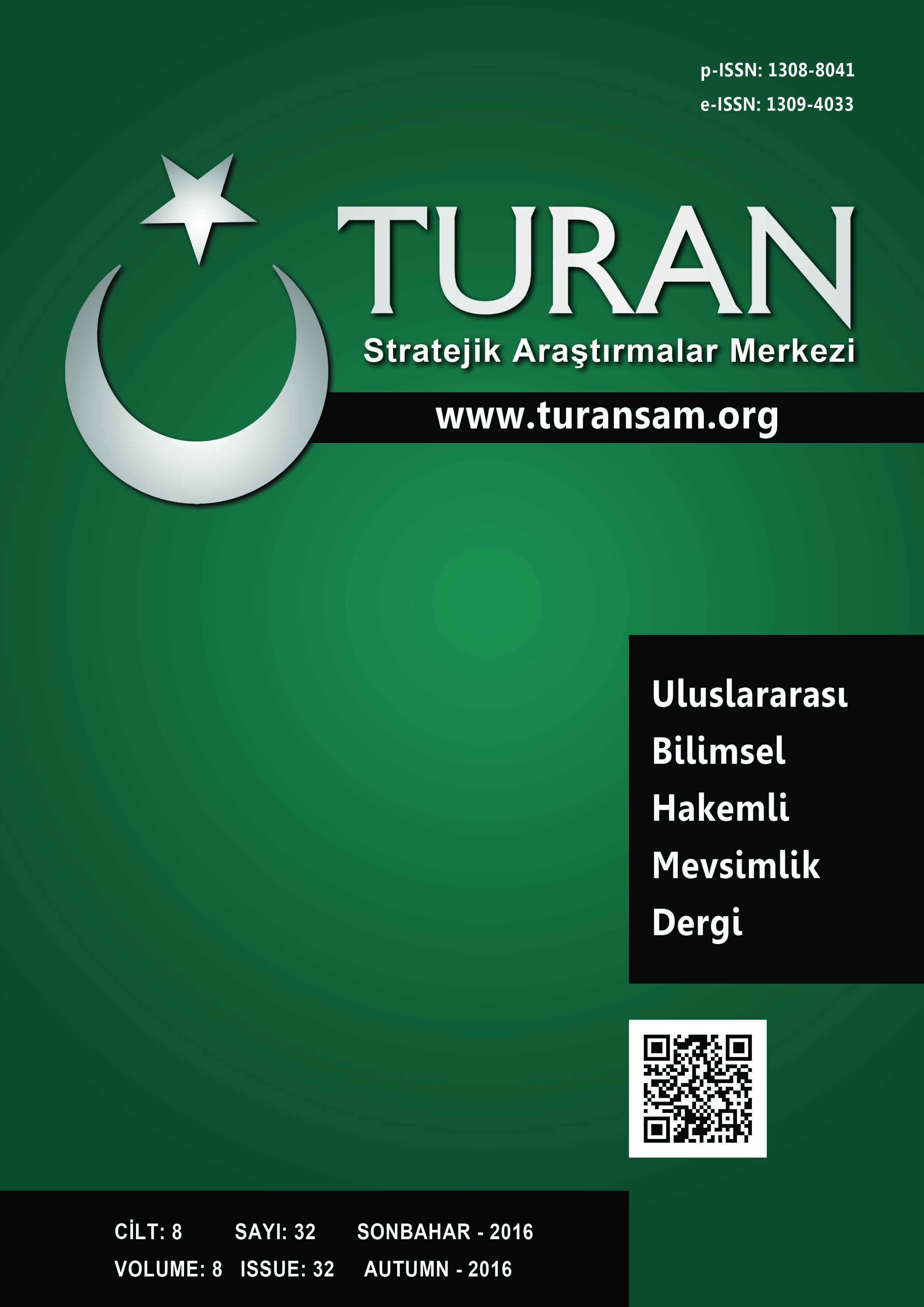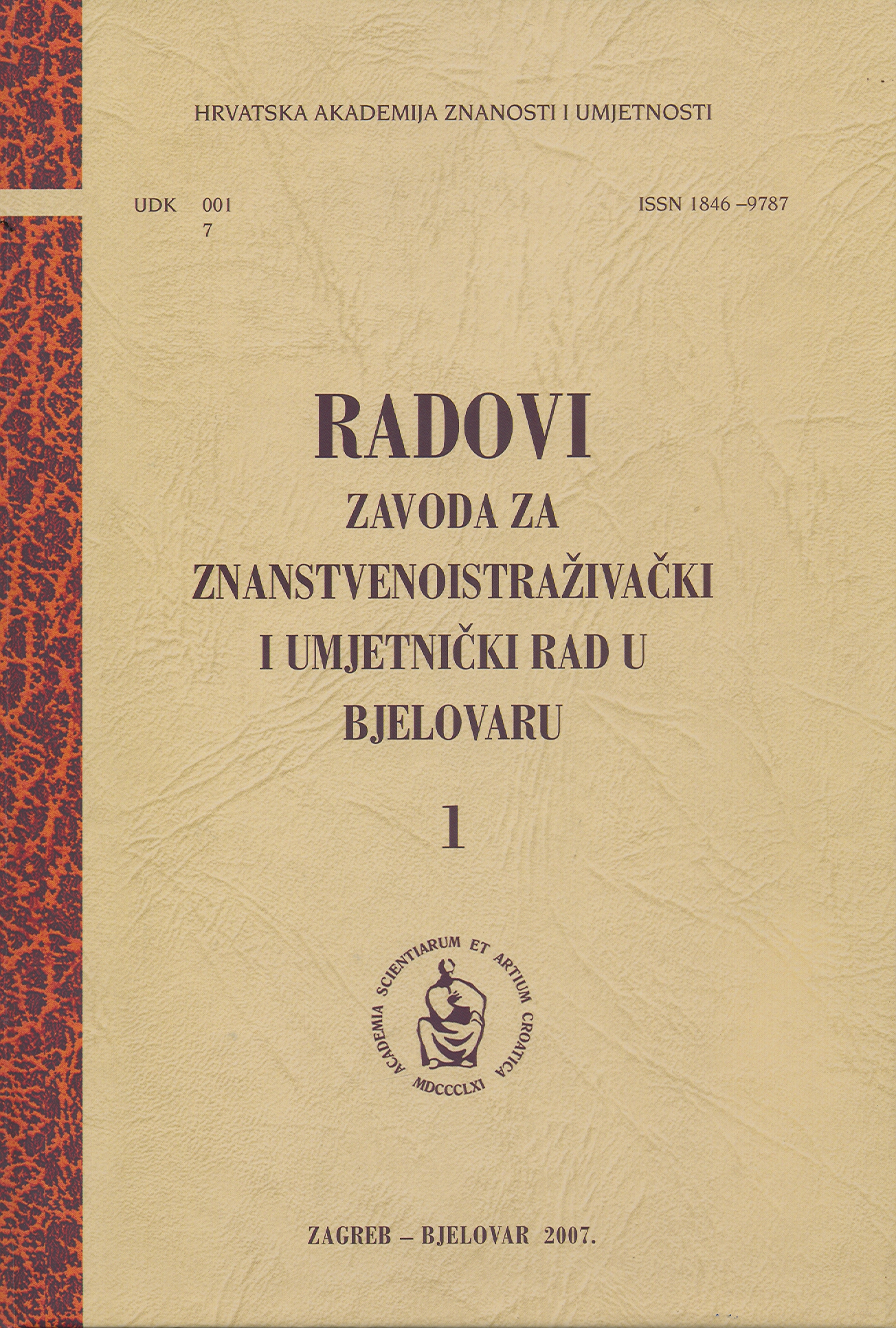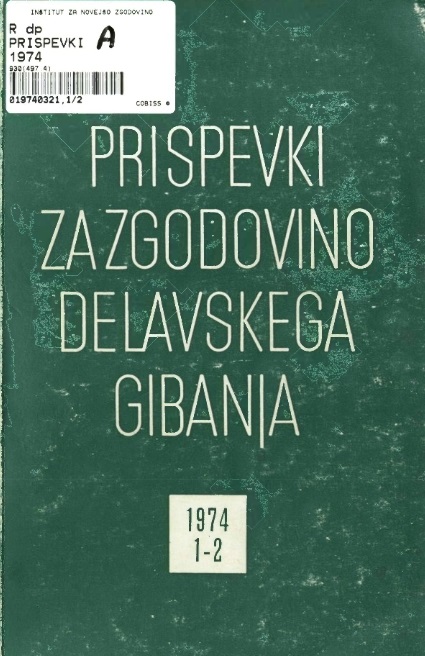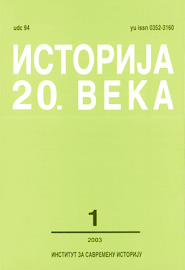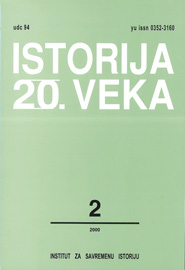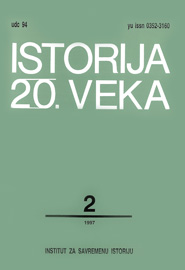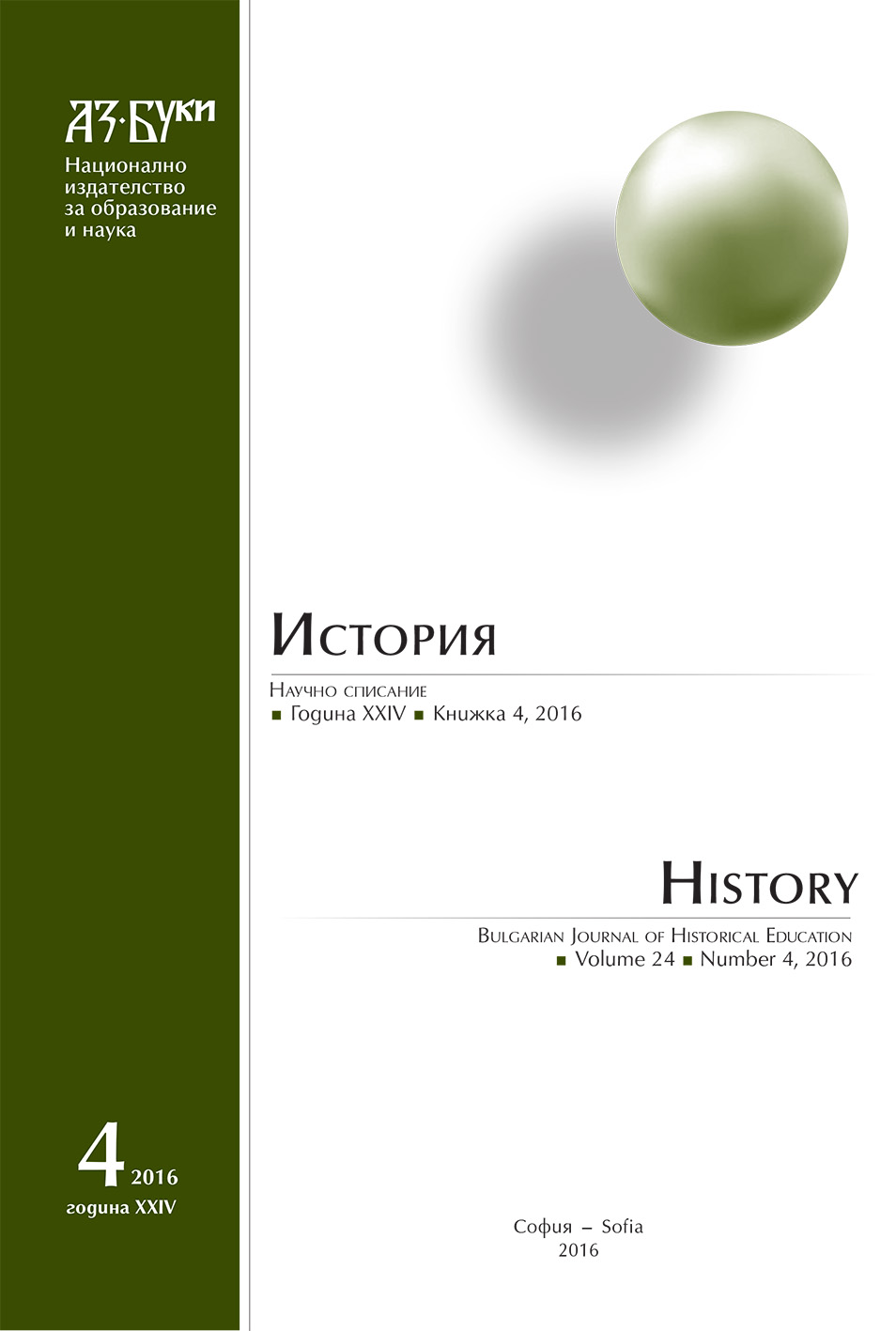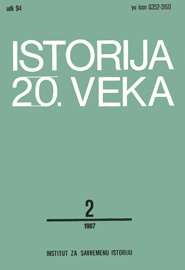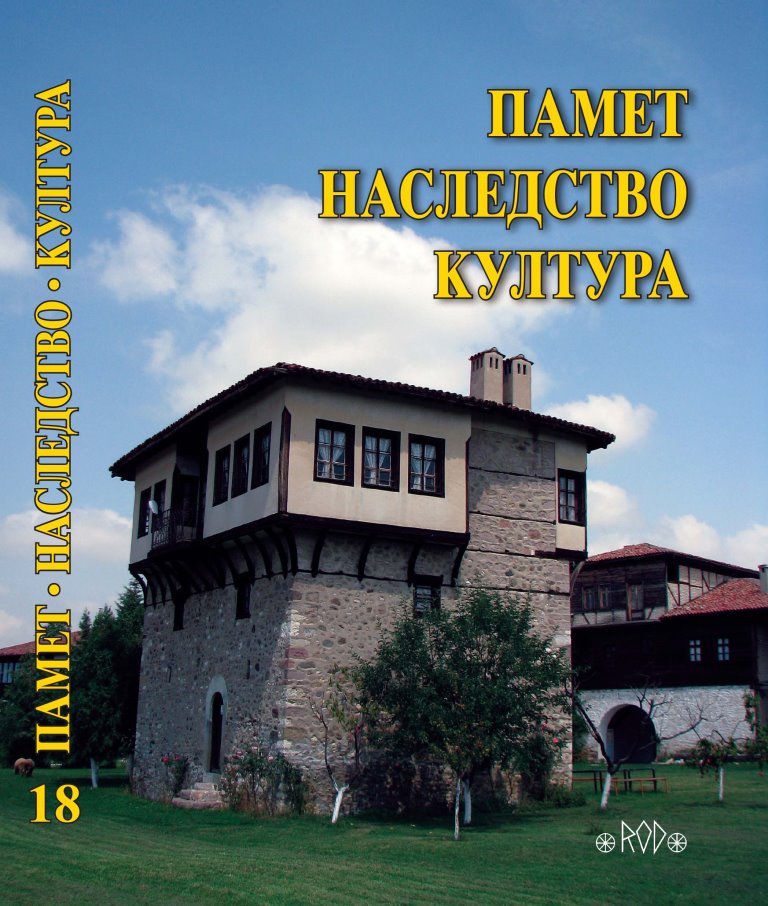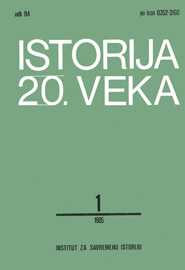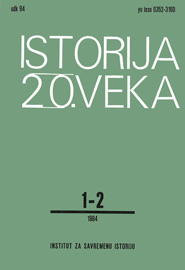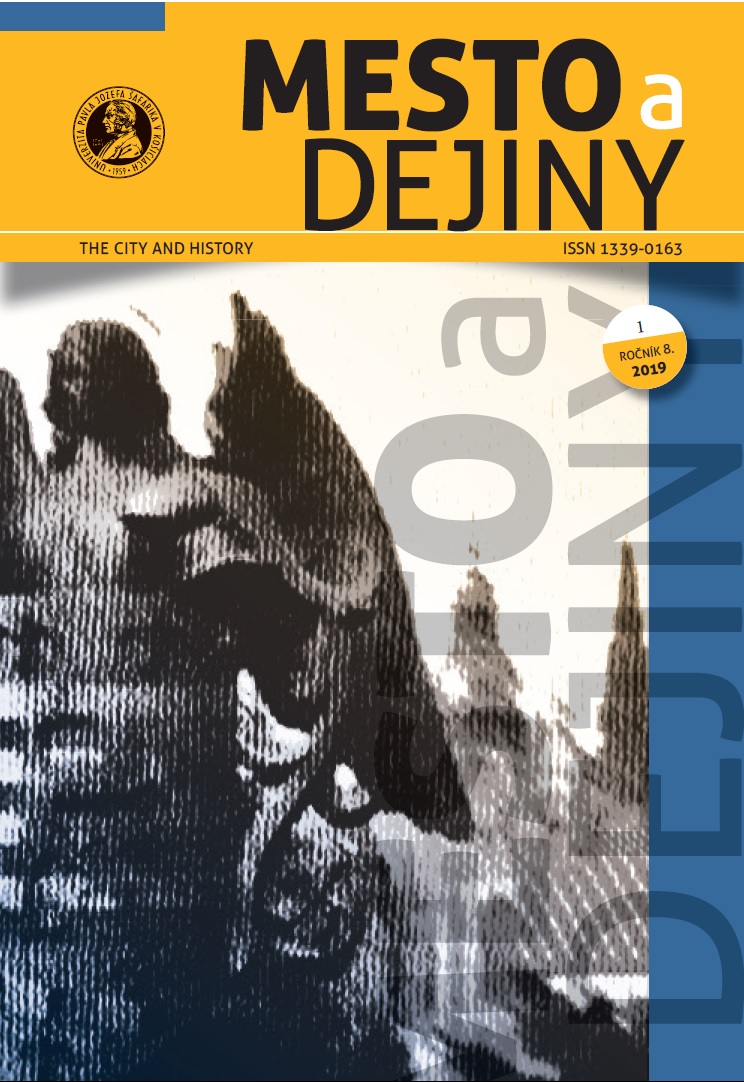OSMANLI DEVLETİ’NDE FAİZ ve TEFECİLİĞE KARŞI ZİRÂÎ KREDİ TEŞKİLATLARI
Until the second half of the 19th century, no state established agricultural credit organizations existed in the Ottoman Empire to serve the credit needs of farmers. Farmers, in turn, took out high interest rate loans from loan sharks and moneylenders. When farmers were unable pay their loans, they were thrown into an inextricable situation of interest being added onto the interest of the debt. Midhat Pasha, during his governorship of Nis, established “Memleket Sandıkları” (Country Funds) on November 20th 1863, the first agricultural credit organization in Şehirköy-Pirot, in order to rescue farmers from the grip of loan sharks and moneylenders as well as strengthen ties with Ottoman subjects. Over time, establishments with the same objectives, such as “Ziraat Sandıkları” (Agriculture Funds) and “Menâfi Sandıkları” (Benefit Funds) appeared, followed by the 1888 establishment of the modern organization “Ziraat Bankası” (The Agricultural Bank), which has maintained its presence. This paper explores in depth the historical development of the concept of loans as well as interesting events pertaining to the farmer exploiting moneylenders and loan sharks in the Ottoman State who were against the implementation of credit organizations.
More...
